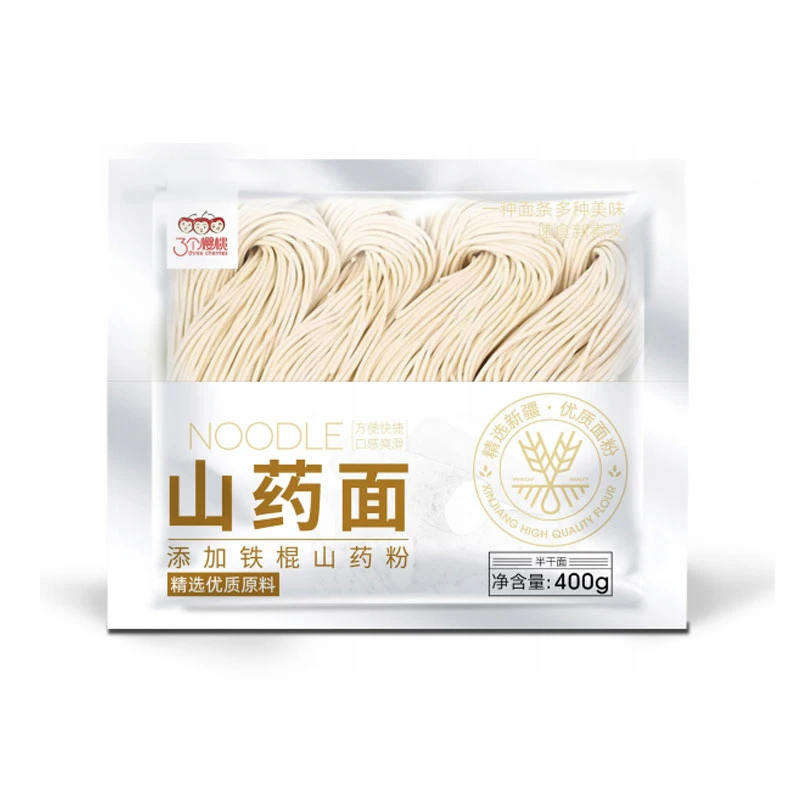A Comprehensive Guide to Different Types of Italian Pasta Choices
Exploring the Rich Diversity of Italian Pasta Types
Italian cuisine is celebrated around the world for its vibrant flavors, fresh ingredients, and, notably, its pasta. The variety of pasta types available in Italy is both astonishing and delightful, with each shape serving a unique purpose, texture, and flavor profile. In this exploration, we will delve into the many types of Italian pasta, highlighting their unique characteristics and traditional uses.
1. Long Pasta
Long pasta, or pasta lunga, is perhaps what most people envision when they think of Italian pasta. This category includes popular varieties like spaghetti, fettuccine, and linguine.
- Spaghetti A classic staple, spaghetti is thin, cylindrical, and perhaps the most well-known pasta type. Typically served with tomato sauce, olive oil, or creamy sauces, its adaptability makes it a favorite.
- Fettuccine Slightly thicker than spaghetti, fettuccine is flat and broad, making it perfect for rich sauces like Alfredo. Its texture pairs well with both creamy and hearty sauces, embodying Italian culinary richness.
- Linguine Similar to fettuccine but narrower, linguine works brilliantly with seafood dishes, especially when paired with clams or pesto. Its shape allows for a delicate hold on sauces, enhancing the culinary experience.
2. Short Pasta
Short pasta, known as pasta corta, offers a practical alternative, often used in baked dishes, salads, and soups.
- Penne This tubular pasta is cut diagonally at the ends. Penne’s ridges capture sauce effectively, making it ideal for baked pasta dishes like pasta al forno or tossed in a robust marinara sauce.
- Fusilli With its corkscrew shape, fusilli is excellent for capturing sauces of all kinds. This pasta type works well in cold pasta salads, where its shape keeps everything nicely mixed.
- Macaroni Popularized by American cuisine in dishes like mac and cheese, macaroni is a staple in Italy too. Its small, tubular shape is perfect for creamy or cheese-based sauces.
3. Stuffed Pasta
all italian pasta types

Stuffed pasta offers a delightful twist to the usual fare, allowing for a range of fillings that can transform a simple dish into a gourmet meal.
- Ravioli These square or circular parcels are filled with various ingredients, from cheese and spinach to meats and mushrooms. Ravioli is often served in broth or topped with a sauce, highlighting the delicious filling.
- Tortellini Originating from the Emilia-Romagna region, tortellini are small, ring-shaped pasta usually stuffed with a mix of meat or cheese. They are traditionally served in broth or with a simple cream sauce.
- Cannelloni Large tubes of pasta that can be filled with various mixtures, cannelloni is usually baked after being topped with tomato sauce and cheese, resulting in a comforting and satisfying dish.
4. Regional Varieties
Each region of Italy boasts unique pasta types, reflecting local traditions and ingredients.
- Orecchiette Hailing from Puglia, this ear-shaped pasta is often served with broccoli rabe or meat sauces, showcasing the rustic cuisine of the region.
- Pici A handmade, thick spaghetti from Tuscany, pici is typically served simply with garlic and oil or hearty meat sauces, illustrating the region's emphasis on local produce and simple preparation.
- Bigoli A type of long pasta from Veneto, similar to spaghetti but thicker, bigoli is traditionally served with a rich duck sauce, representing the local culinary traditions of the region.
5. The Joy of Enjoying Pasta
Italian pasta is more than just a dish; it is a celebration of culture, tradition, and community. Each type invites you to explore its unique characteristics and complements an array of sauces and ingredients. Whether you are savoring a bowl of spaghetti, indulging in stuffed ravioli, or trying a regional specialty, the joy of pasta lies in its versatility and the way it brings people together at the dining table.
In conclusion, the diversity of Italian pasta types offers endless opportunities for culinary exploration. From long strands to stuffed delights, each pasta shape tells a story of tradition and regional pride. So, the next time you prepare or order pasta, remember the rich heritage behind each type, and enjoy not just a meal, but a taste of Italy’s vibrant culture.
-
Unleash Your Inner Chef with Delectable Italian Pasta CreationsNewsAug.01,2025
-
Savor Health and Flavor: Irresistible Soba Noodles for Sale Await!NewsAug.01,2025
-
Nourish Your Body with Premium Organic Ramen - A Culinary Delight AwaitsNewsAug.01,2025
-
Elevate Your Dishes with Our Exquisite Kinds of Egg NoodlesNewsAug.01,2025
-
Dive into Flavorful Convenience with Our Ramen OfferingsNewsAug.01,2025
-
Discover Exquisite Types of Naengmyeon and Chilled Soba NoodlesNewsAug.01,2025
-
Is Whole Wheat Pasta Healthy?NewsMay.30,2025
Browse qua the following product new the we

















































































































